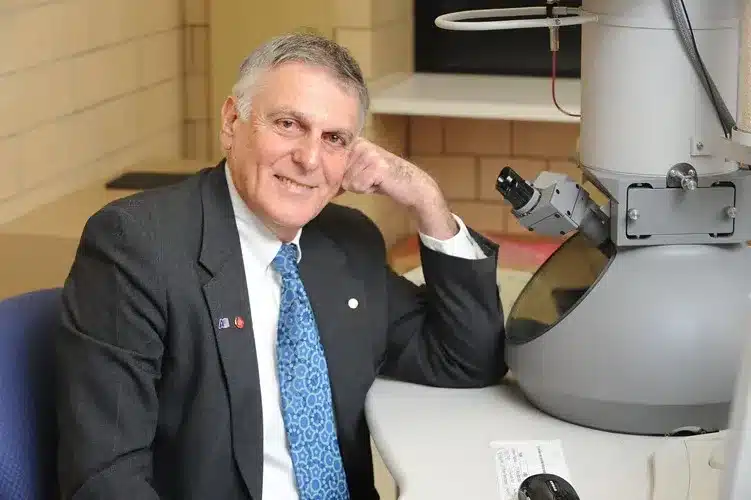Dan Shechtman (born 24 January 1941) is an Israeli scientist. He received the 2011 Nobel Prize in chemistry for his discovery of quasicrystals.
Life and Career
He was born on 24 January 1941, in Tel Aviv, Israel. In 1966, he got his BSc degree from Technion – Israel Institute of Technology in Mechanical Engineering. Then, he received an MSc degree in Material Engineering in 1968 from the same institute. He earned his Ph.D. in materials engineering in 1972.
From 1972 to 1975 he worked as a postdoctoral associate at the Aerospace Research Laboratories studying titanium aluminides’ microstructure and physical metallurgy after his Ph.D.
He joined the Materials Engineering Department of Technion – Israel Institute of Technology in 1975.
He studied transition metal alloys of solidified aluminum at John Hopkins University from 1981 to 1983. He discovered the Icosahedral Phase while studying at John Hopkins, which opened the field of quasiperiodic crystals.
In 1984, he became a professor at Technion after holding various positions there since 1977. He was a visiting professor at Johns Hopkins University in Baltimore (1981–97) and at the University of Maryland, Baltimore County (1997–2004). In 2004, He was a materials science and engineering professor at Iowa State University, Ames.
He moved to the United States where he studied for two years at the National Institute of Standards and Technology (NIST). During his time at NIST, he studied CVD diamonds’ growth and properties in relation to defect structure.
Major Works
In their experiments, Shechtman and colleagues mixed aluminum and manganese in a ratio of about six-to-one, heated the mixture, then rapidly cooled it back to solid. Shechtman discovered the solidified alloy had fivefold symmetry using an electron microscope; by rotating it by 72° (360°/5), it replicated the same structure.
He also changed the definition of a crystal. Crystals are now defined by the International Union of Crystallography as a solid with a discrete diffraction diagram instead of a ‘regularly ordered three-dimensional pattern’.
He discovered quasicrystals, which led to the discovery of similar quasicrystals. There’s a lot of structural stability in quantum crystals, but they’re low in thermal and electrical conductivity.
Award
He won the 2011 Nobel Prize in chemistry for his discovery of quasicrystals.

